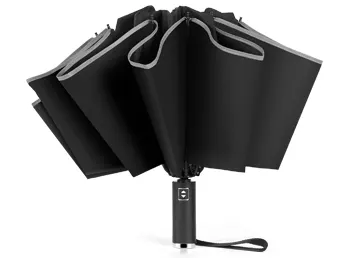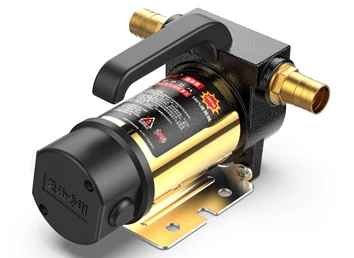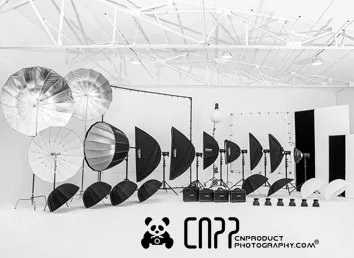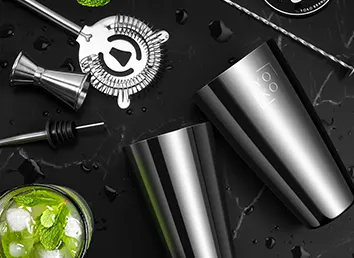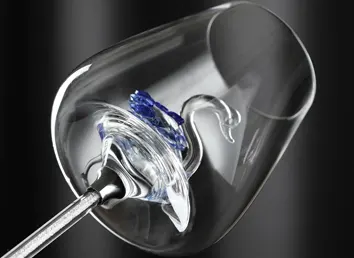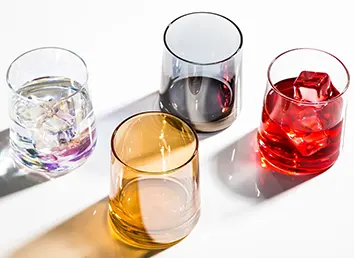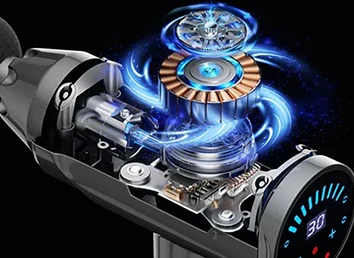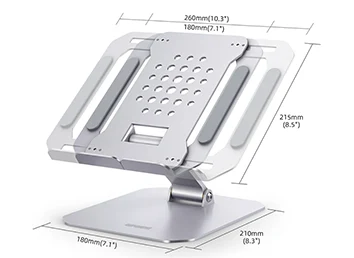The primary purpose of product photography lighting is to show the texture and color of the subject's shape
Author: Jeery
Date Created: 2023-01-17 16:02
Photography is the art of using light, still life, and advertising photography in particular; this article analyzes lighting techniques from several aspects, such as the performance of light on the object's texture and the theme's version.
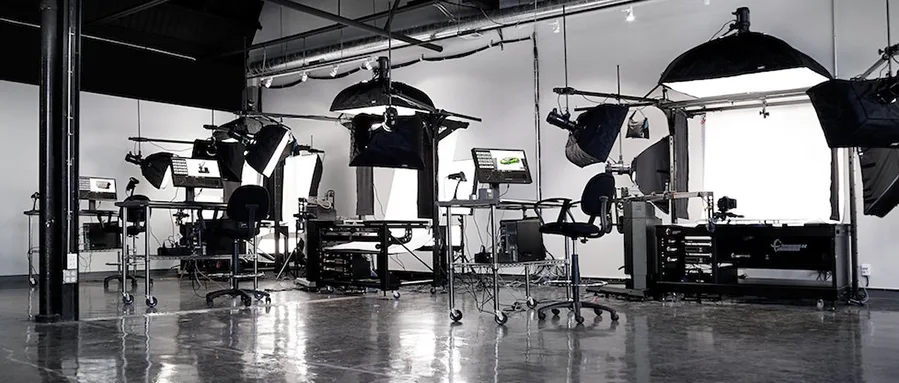
The layout of light on the performance of the texture of the product
Because the object structure and surface texture are different, the ability to absorb and reflect light is also other. Therefore, according to the different textures of other reflections of light, we can roughly divide the object into light-absorbing, reflective, and transparent bodies. This is only a relatively general classification; some products between the texture of the absorbent, deliberative body, transparent body between the two, or both absorbent, deliberative body, evident body combination of the three composite products. However, only by exploring the lighting performance of simple and basic textures can we shape complex objects well. We, according to different still-life product texture characteristics, explore the typical lighting and shooting techniques of various types of goods' commonality and regularity, and on this basis, the pursuit of perfect visual performance; of course, this is only to show the different textures and different lighting methods, if the version of other aspects of still life products, then the lighting method should be based on this creation.
1, The light-absorbing body shooting
Light-absorbing body products include fur, clothing, fabric, food, fruit, rough pottery, rubber, matte plastic, etc. Their surface is usually not smooth (relative to the reflective and transparent body). Therefore the reflection of light is more stable, i.e., the inherent color of the object is more durable and uniform, and these products are usually more affluent in visual layers themselves. To reproduce the light-absorbing body surface layers of texture, the cloth light position to side light, soft light, smooth side light, and light is relatively small so that its levels and color performance are richer.
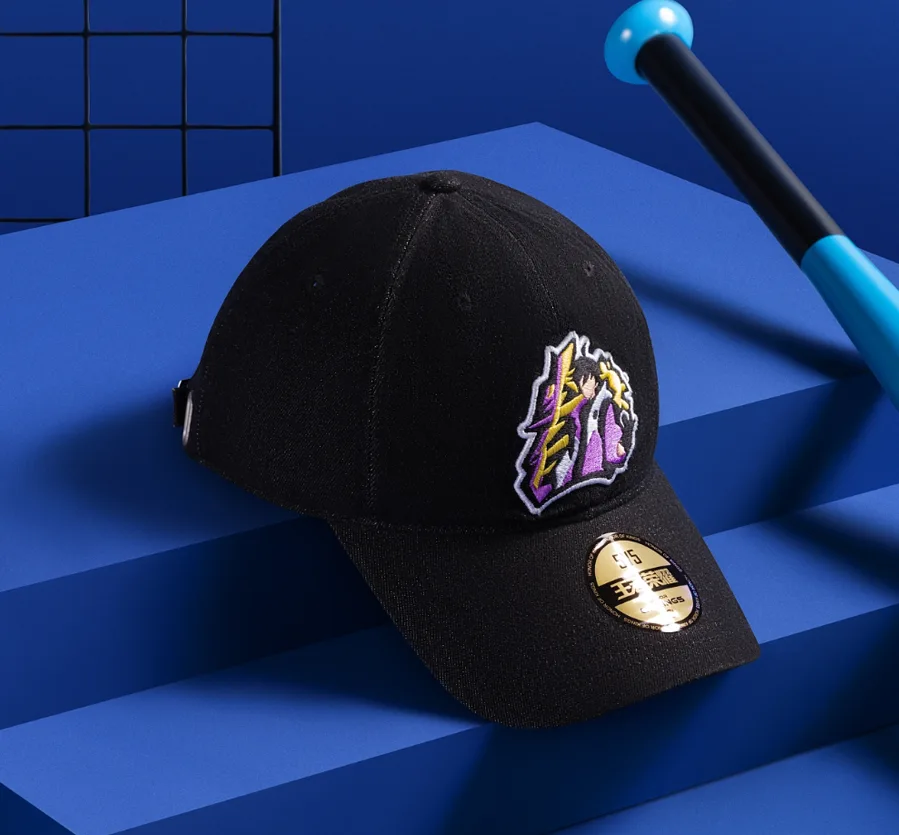
Food is more typical of the light-absorbing body. Food texture performance is always linked to its color, fragrance, taste, and other senses to make people feel the freshness of food, taste rich in nutrition, etc., to arouse people's appetite. Figure 1 adds two soft lights above and to the subject's right, so the texture of all the food in the picture is lovely, and the surface layers are vibrant. Figure 2 is in front of the orange, playing a soft light; this smooth light performance makes the surface color bright, and the surface of the orange, subtle wrinkled texture performance is very in place.
2、Reflector shooting
The reflective body surface is very smooth, and the ability to reflect light is relatively strong, like a mirror. The deliberative body is generally shaped to make it appear "black and white" in contrast to the visual effect. Reflectors are smooth metal surfaces or porcelain without patterns. To show the smoothness of their feelings, they can not make a three-dimensional surface with several uneven spots or black spots, so the best way is to use a large area of light or use reflective lighting; the more significant the location of the light source, the better. In many cases, the white lines reflected on the reflective object may be uneven, but it must be gradual to maintain uniformity so that it looks natural. If highlights appear on the deliberative body with a shiny surface, they can be obtained by a fragile direct light source.
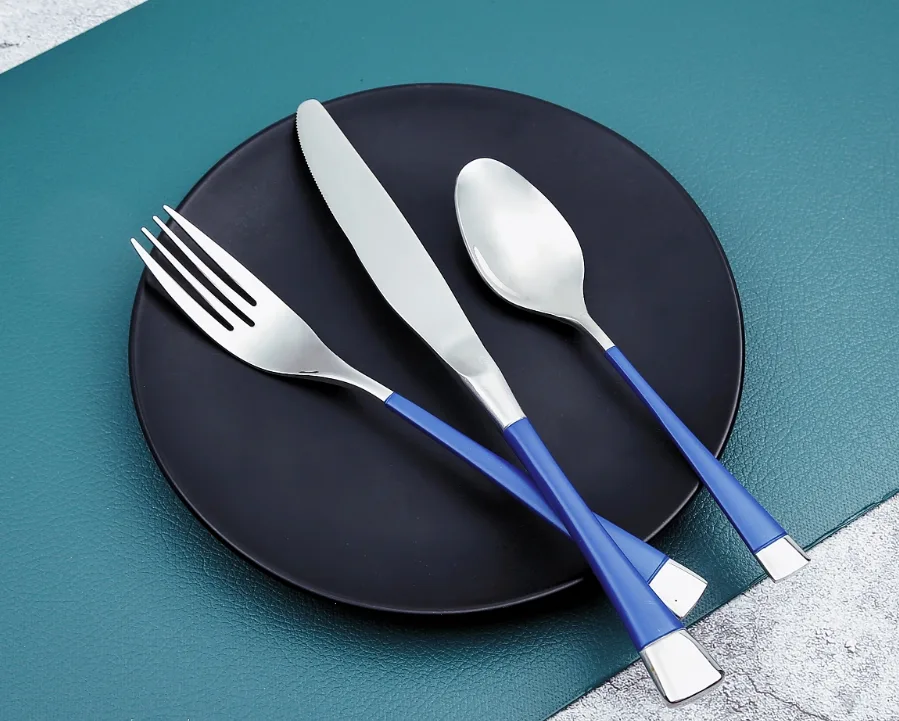
To make the knife and fork towards the upper side of the light evenly, to ensure that there are no flares and black spots on the knife and fork, two layers of sulfuric acid paper made a soft box cover on the subject matter. A significant soft light source (octagonal shade of flash) hits the top of the softbox so that its hue is richer, thus showing its texture. If the direct bare flash light source and do not use the softbox, then the natural light will appear hard, and complex light directional very strong, so the shape and size of the light will be reflected directly on the knife and fork, forming a prominent light spot, then also lose the texture of the object. Although hard light can also show the characteristics of the reflector itself, it is more difficult to control, often making the reflection more trivial. If not for the special reflective effect, when shooting a deliberative body, usually choose soft light; soft light can better express the texture of the deliberative body. Also, note that the light is a light source point, so it is necessary to try to hide the obvious light source point in the performance of the reflective body, generally by adding a lampshade and soft light cloth in the lampshade to hide the light source point. Due to the reflective properties of the reflector, we also need to pay attention to the camera and the photographer's reflection. Otherwise, there will be a black spot. Generally will choose an angle of framing without thought to themselves; of course, there are other methods, such as you can dig a hole in the softbox made of sulfuric acid paper, which the lens will be sticking in to shoot; the purpose is to try to hide the photographer and the camera.
Reflective body lighting is the most critical in processing the reflective effect. In the actual shooting, we generally use black or white cardboard to reflect, especially for the column or sphere and other three-dimensional surfaces that are not the apparent reflective body. As in Figure 4, the black lines are reflected on the cardboard with long black strips, but the use of cardboard should be just proper. Otherwise, it will form many messy spots on the deliberative body, destroying the integrity of the deliberative body, and will not be able to show its texture. Many commercial photographers, to show the visual effect of the picture, not only with black and white cardboard but also use different reflectivity of gray cardboard to reflect, so that you can grasp the essential characteristics of the deliberative body but also control the different levels of reflection to enhance the aesthetics of the work.
3、The shooting of transparent body
As the name implies, a transparent body gives a transparent texture performance, and the surface is very smooth. Because the light can penetrate the fine body, the available choice of backlighting, side backlighting, etc... The light quality is hard so that it produces a sound artistic effect, reflecting the texture. The transparent body is mostly wine, water, and other liquids or glass products.
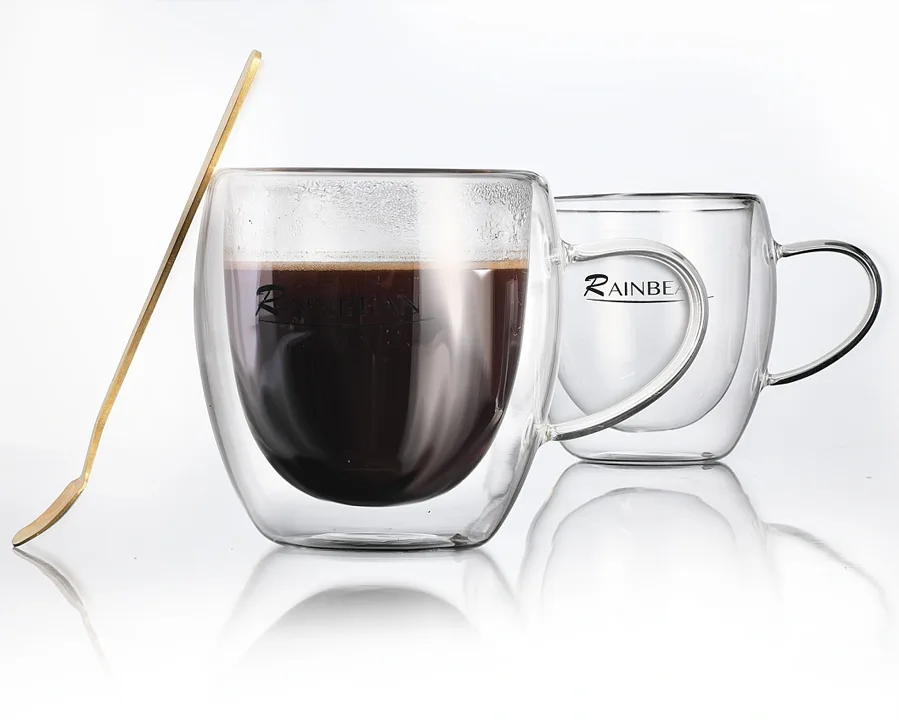
It is essential to shoot transparent bodies to reflect the degree of transparency of the subject. In the layout of light is generally used in transmitted light lighting, commonly used backlighting bit, the light source can penetrate the transparent body in different textures to form different brightness, sometimes to strengthen the fine body shape and make it with a bright backlight background stripped, you can add black cardboard on the left, right and above the transparent body to outline the modeling lines. Figure 5 shows the use of backlighting to form a bright background, with black cardboard to modify the contour lines of the glass body, with different light and dark stripes and blocks to enhance the performance of the glass body shape and texture. Of course, when using backlighting should be careful not to make the light source appear; generally, use soft paper to cover the light source.
The performance of a transparent body against a black background, to separate the subject from the ground, can be used on both sides of the soft light; not only can the matter be separated from the background, but also to make its texture richer (Figure 6). If a light box is added at the top, it can show the upper part of the object's outline, and the transparent body looks extraordinarily delicate and refined in the black background. If the fine body with a color liquid, to make the color not lose its original purity, can be placed on the back of the object with the object shape of the white paper to set off its actual color.
The layout of light on the subject performance
Light in photography is not only used to express the morphological characteristics of the object objectively but also can be transmitted to human feeling. Reproduce still-life products' shape, volume, color, texture, space, and other visual information simultaneously, but also show the many aspects of the vibrant beauty of still-life products. Photographers should not simply observe the light from the surface but consider the emotional language contained in the "light." For the subject, different lighting angles and brightness will yield different results. Mastering the effect of light in photography and a keen sense of this is the photographer's instinct. As if the painter is skilled in using paint to paint objects, the photographer uses light to "paint."
1, Direct performance
Direct performance refers to the cloth light on the product or its plot composition, directly rendering the atmosphere. Most of this lighting is now on the subject because the light has warm and cold, strong and weak, and light and dark, so the performance of the theme and atmosphere is different.
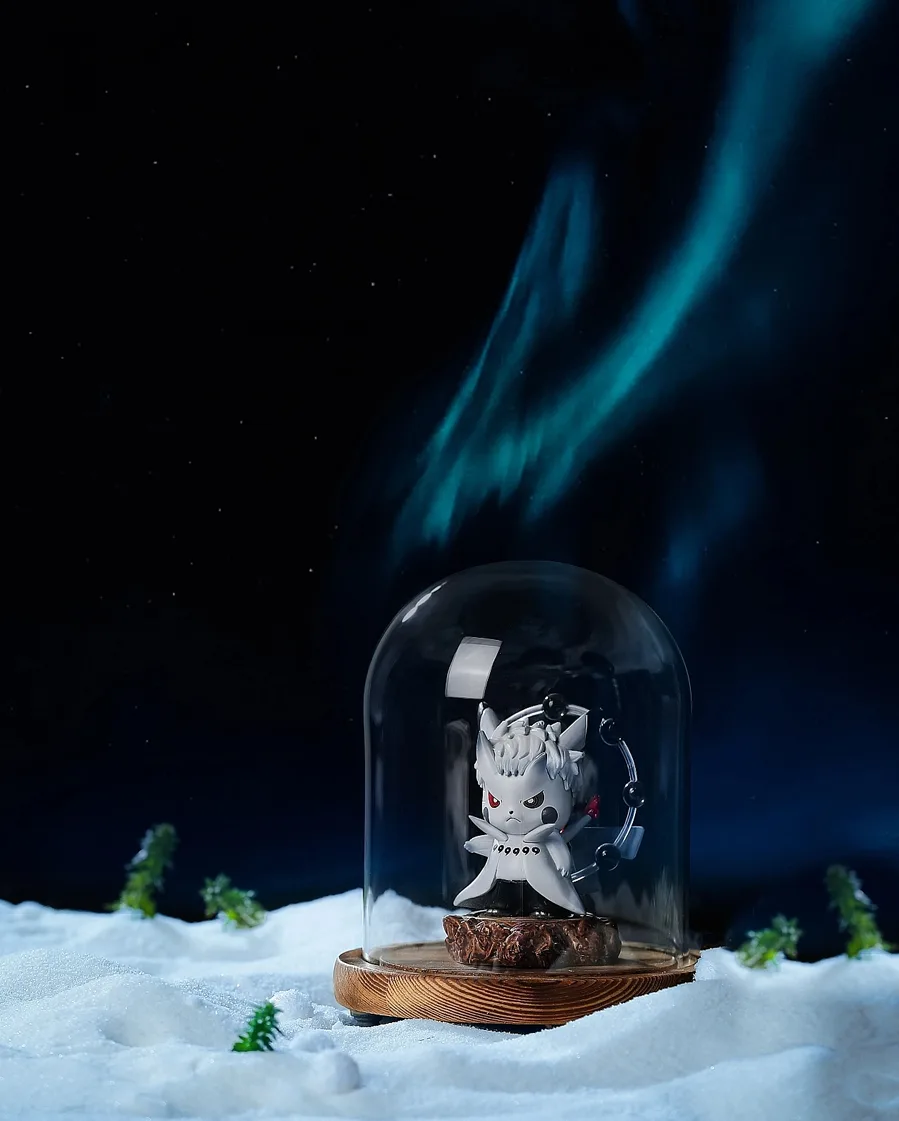
2, Indirect performance
Indirect performance refers to the picture of the accompanying body, background, or atmosphere to render. This kind of lighting is only to enhance the theme of the atmosphere; rather than directly shaping the subject, it must interact with other lights shaping the issue.
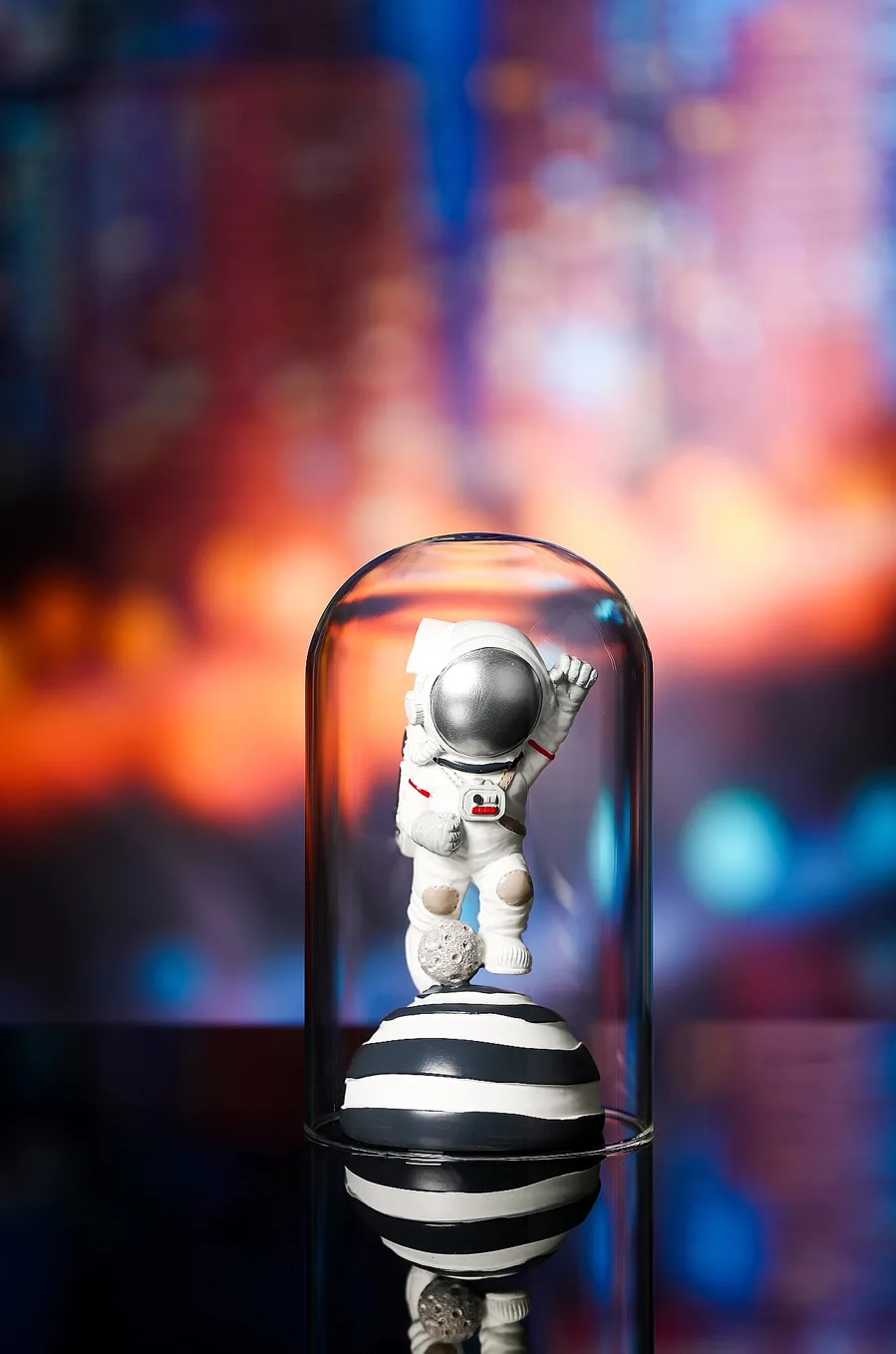
-Decorative light for the picture
This light is used to decorate the picture as a whole or highlight the subject's local characteristics. The effect of punching light on the screen, the flare of jewelry, the result of starlight, the impact of various light colors embellished, etc., are typical decorative lights. Snap out a small hole in the black background, play a flash behind the experience, and shoot a beam of light to form a starlight effect, making the subject more gorgeous and dazzling.
-Lighting of the background
The background lighting is either uniform and uniform lighting or contrasting gradient lighting. To be able to destroy the tone of the whole picture, otherwise, not only does not play a role in highlighting the theme but also changes the work's central theme—background lighting, to pay attention to contrast, also to pay attention to harmony, and unity. Figure 12 is in a black background on a bluish spotlight to complement the color of the yellow subject, thus highlighting the theme.
-The use of light on the backdrop
Most of the time, the light of the background is directly used to shape the subject to incidental performance, but sometimes there is a light expressly for the environment. The morning of the background objects should not destroy the light effect of the subject, and the light itself should be smooth. Figure 13 is to shape the perfume subject under the premise of the complete lighting, for the companion - silk played a blue lamp flash so that the central performance is more charming and moving.
Light on the modeling and color performance
1, The light on still-life product modeling
Light performance still life product modeling mainly refers to the product's three-dimensional and surface form (contour) of the shape. When shooting close-ups of objects or close up, it is best to use the front fill light, the object's front texture, and exposure is appropriate to cheerful brightness so that the modeling effect is better. The main factor affecting this aspect's performance is the light source's intensity (or golden ratio) and the location of light exposure.
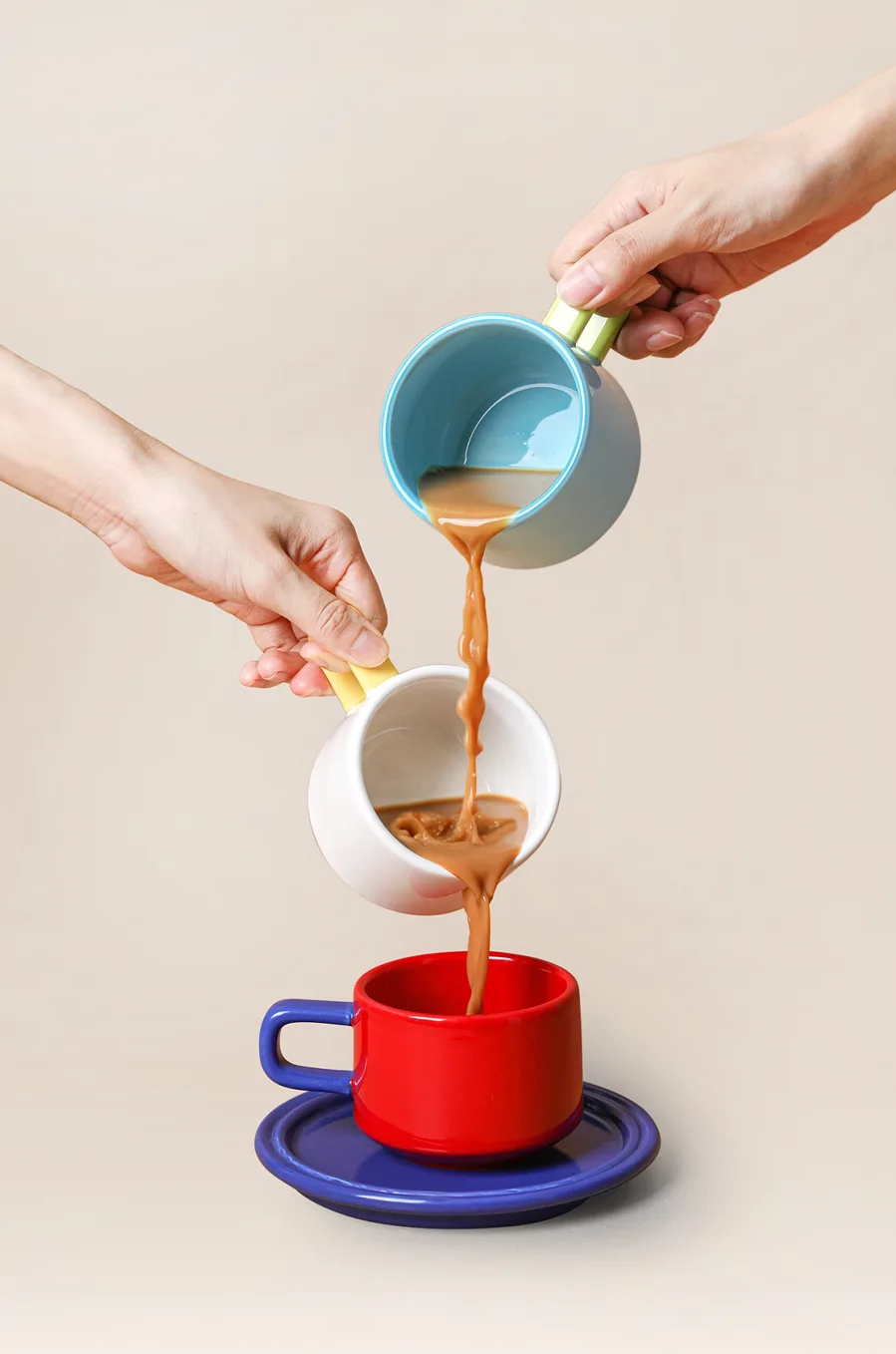
2, The performance of light on the color of still-life products
"Light is the source of color"; light plays a direct role in the color restoration of still-life products. There is light to have color; the light change affects the color. People only the light to perceive the object's color; if it is in the dark, then the exquisite rich colors can not be seen. In landscape advertising photography, light on the role of color in two ways: one is the direction of light; the second is the color of light.
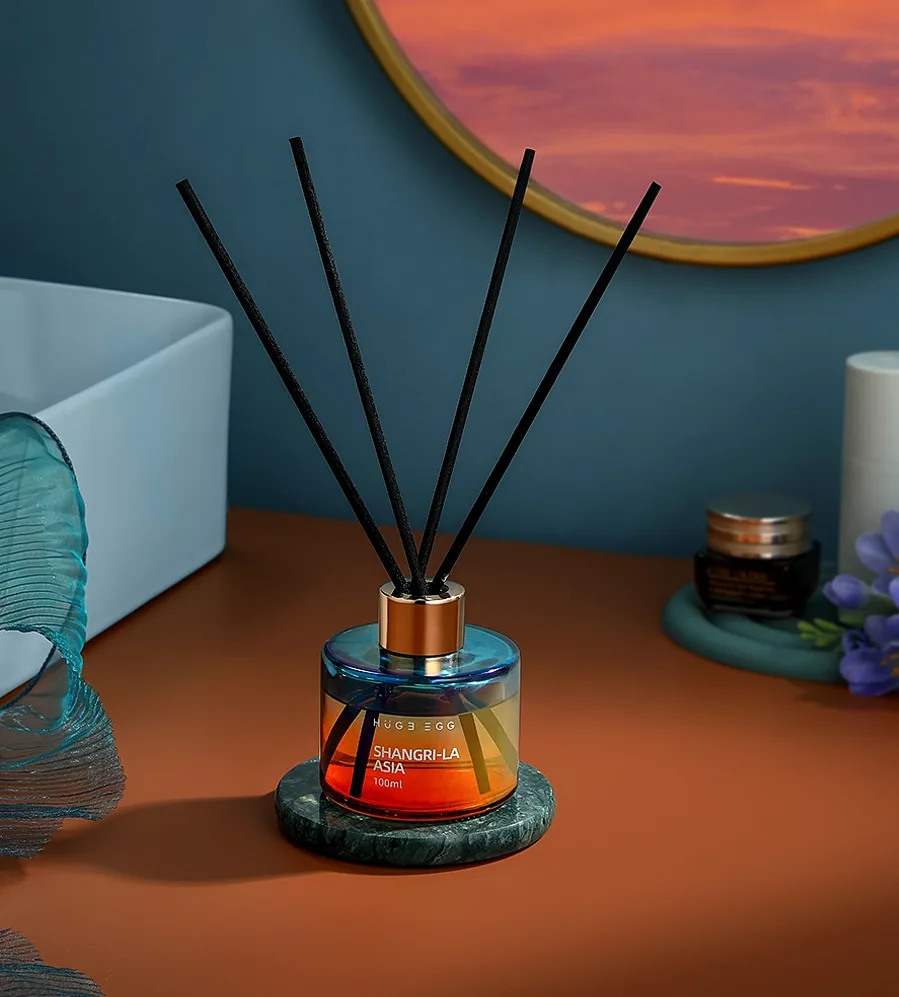
The direction of light in the studio lighting refers to different light levels of light exposure, such as downlight, side light, backlighting, etc.; these different light levels still life produce other changes in light and dark, making the color also varies. Smooth light refers to the photographic subject of the light surface. No dark parts, the level of the shadow is more bland and monotone, contrast is slight, but the color is delicate and has calm, bright tones. Figure 16 uses soft light, and the apple color in the picture is very encouraging. The side light makes the product color contrast obviously in lightness and darkness, and the transition is natural and rich. The apple in Figure 15 has a natural and rich color change from light to dark. Backlighting is poorer for the brighter colors of still-life products and the darker tones. Backlighting is often used to show the overall spatial effect of color. In this backlit work, the color of the apple is lost, but the level of darkness is still there, and the color of the apple is very contrasting.
The color of light mainly refers to the color bias and temperature of the light itself, which significantly impacts the subject's color reproduction and the picture's color performance. As we all know, under fluorescent and incandescent light, the same still life will show different colors, which is affected by the different color temperatures. For example, red is orange under incandescent light but red or purple under fluorescent light. Figure 19 is an apple taken at a low color temperature, the color of the apple is red and warm, while Figure 20 is an apple taken at a high color temperature, the color is blue and cold. Milky white phone in different light colors of the fiber light produced by the purple-red and blue color effect.
In summary, the three aspects of the analysis of the performance of still-life products emphasize that the layout of light is an essential modeling means of still-life advertising photography; the choice of light is to choose the shape and color of the picture. Sunlight can make the work of the shadow level and tone level more affluent and the subject image change so that the still life products are more vivid and expressive. A visual communicator of commercial photographers needs to make full use of the element of light and shadow on still-life products for visual re-creation; light and shadow can not only make an accurate record of the image of still-life products and can create the visible appearance of still life products more beautiful and impressive. Every small change in the lighting of still-life products will bring different feelings to work. Hence, photographers need to use the method of sketching to analyze the lighting of products when conceptualizing and creating to anticipate the visual effect of the work, thus enhancing the artistic expression of the work and creating classic commercial photography works.
Still, life advertising photography art is the "light" and "shadow" modeling art. Rational use plays the irreplaceable role of light in modeling; through the optical transmission of still-life product information, the expression of the photographer's thoughts and feelings has a role that can not be ignored. Analysis of the artistic effect of the different visual images expressed by the cloth light can make the creative vision of still-life advertising photography more vivid so that consumers have a more profound impression of the work and the theme of the work.



